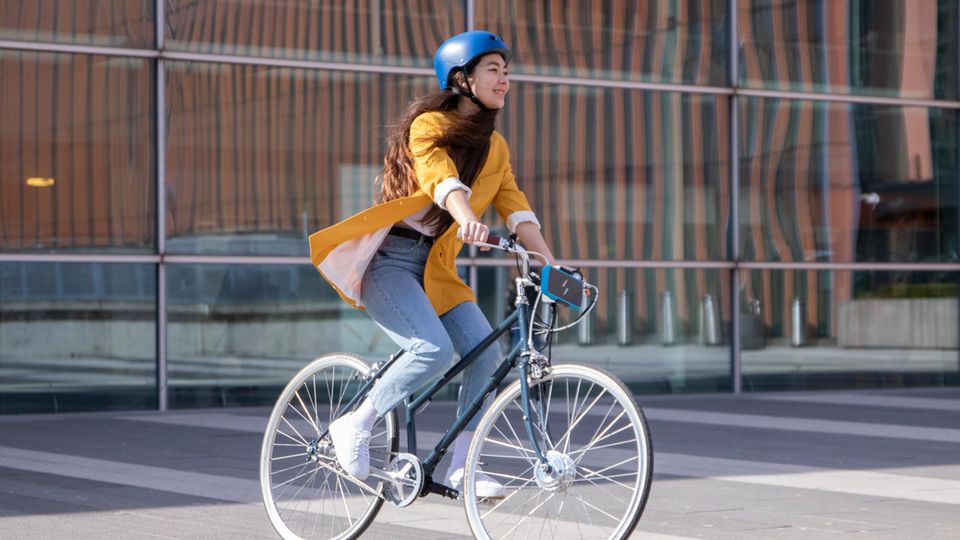traffic law
Top speed on the cycle path – bike routes should be approved for 45km/hE bikes
It’s getting tight for normal bikes, soon they could also come across 45 km/h bikes on the cycle path in addition to pedelecs
©Getty Images
Fast e-bikes are a rarity in Germany. A federal state wants to make the 45 km/h runabout more attractive. They should also be allowed to use cycle paths.
Small proportion
The share of 45 km/hE bikes is currently marginal. Because their use is associated with several conditions. You need your own insurance, an appropriate driving license and a helmet must be worn. It’s all annoying, but the decisive factor is: an S-Pedelec is not allowed on the cycle path. It has to use the road. This means that cycle paths on rivers, in parks or in nature reserves are taboo.
And that makes an S-Pedelec unusable for most customers. To take the family on a weekend trip, they would need a low-speed second wheel. For some time now, Germany has been considering overturning the strict regulation and releasing cycle paths. NRW was the first federal state to pave the way for this. Municipalities should be able to release individual routes for S-Pedelecs. A white additional sign “S-Pedelecs free” will be placed on them.
25 km/h is not enough for commuters
The idea behind it sounds logical: In the city with distances of mostly less than 10 kilometers, pedelecs with 25 km/h are sufficient, but in the area, if 12, 20 or 25 kilometers are to be covered, they are too slow to be an alternative to the car to be. An S-Pedelec could do that, but it doesn’t make much sense if you have to get in between the trucks on a main road in an urban area. Not to mention turning left on a multi-lane road.
In addition, more cycle highways are to be built everywhere, wide cycle paths for fast progress. And here, too, the fast bikes would be barred according to the current legal situation. However, the decree does not provide for a general release. Out-of-town cycle and service routes and high-speed cycle connections are mentioned. Cycle paths that are subject to construction and that are located on main roads with a maximum speed of over 50 km/h should also be released. Most roads in built-up areas remained closed.
No silver bullet
A real solution to the problem is not achieved in this way. S-Pedelec bikers would be served with the legal use of field and forest paths. And many would be relieved not to be overtaken by 40-ton trucks on country roads. The other restrictions affecting the S-Pedelec remained in place. The danger problem will only be shifted: If the regulation is implemented, cyclists who sometimes only drive 15 km/h will meet e-bikers with almost 50. Very few cycle paths are designed for safe overtaking. Assuming a width of around 70 centimeters for each wheel and the distance that a motor vehicle should keep when overtaking, the width of the path would be 280 centimetres. Provided the wheel being overtaken stays on the far right. A large-scale test is already underway in Tübingen. The project has not yet been evaluated, but the experiences should be positive.
Source: WDR, daily mirror




